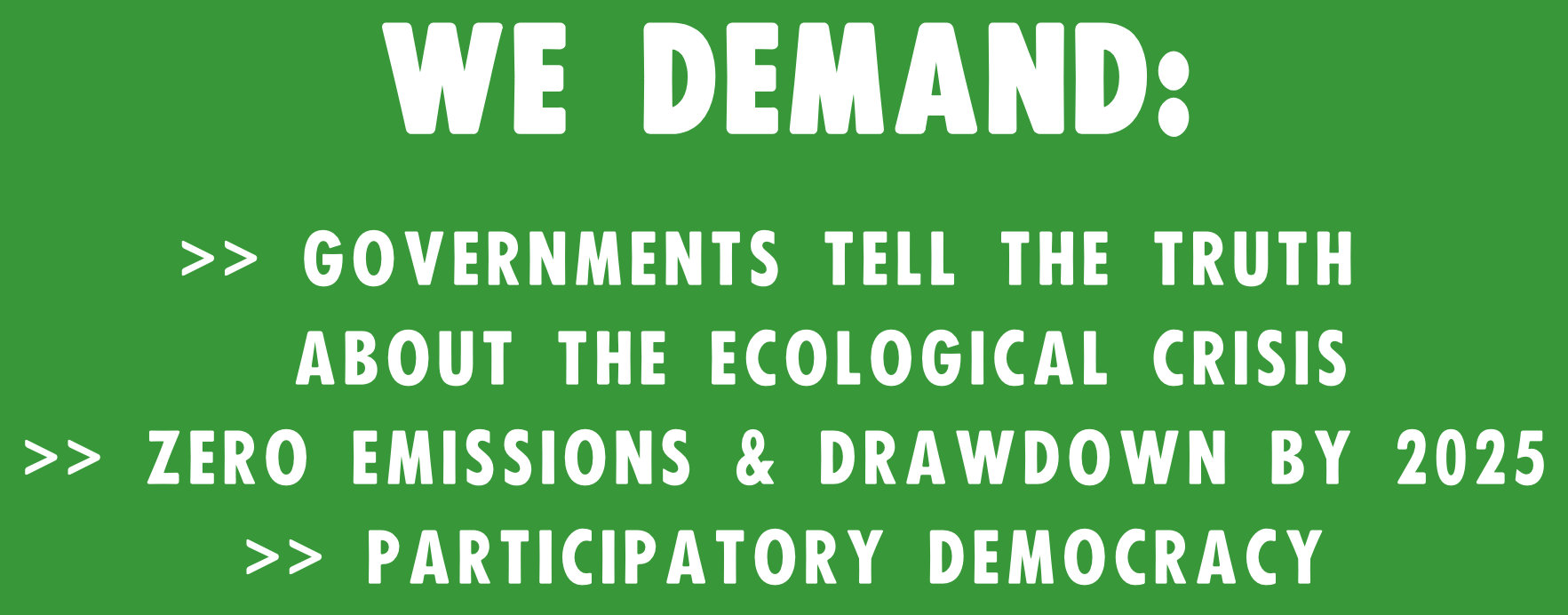Paul Driessen
The multi-colored placard in front of a $2-million home in North Center Chicago proudly proclaimed, “In this house we believe: No human is illegal” – and “Science is real” (plus a few other liberal mantras).
I knew right away where the owners stood on climate change, and other hot-button political issues. They would likely tolerate no dissension or debate on “settled” climate science or any of the other topics.
But they have it exactly backward on the science issue. Real science is not belief – or consensus, 97% or otherwise. Real science constantly asks questions, expresses skepticism, reexamines hypotheses and evidence. If debate, skepticism and empirical evidence are prohibited – it’s pseudo-science, at best.
Real science – and real scientists – seek to understand natural phenomena and processes. They pose hypotheses that they think best explain what they have witnessed, then test them against actual evidence, observations and experimental data. If the hypotheses (and predictions based on them) are borne out by their subsequent findings, the hypotheses become theories, rules, laws of nature – at least until someone finds new evidence that pokes holes in their assessments, or devises better explanations.
Real science does not involve simply declaring that you “believe” something, It’s not immutable doctrine. It doesn’t claim “science is real” – or demand that a particular scientific explanation be carved in stone. Earth-centric concepts gave way to a sun-centered solar system. Miasma disease beliefs surrendered to the germ theory. The certainty that continents are locked in place was replaced by plate tectonics (and the realization that you can’t stop continental drift, any more than you stop climate change).
Real scientists often employ computers to analyze data more quickly and accurately, depict or model complex natural systems, or forecast future events or conditions. But they test their models against real-world evidence. If the models, observations and predictions don’t match up, real scientists modify or discard the models, and the hypotheses behind them. They engage in robust discussion and debate.
They don’t let models or hypotheses become substitutes for real-world evidence and observations. They don’t alter or “homogenize” raw or historic data to make it look like the models actually work. They don’t hide their data and computer algorithms (AlGoreRythms?), restrict peer review to closed circles of like-minded colleagues who protect one another’s reputations and funding, claim “the debate is over,” or try to silence anyone who dares to ask inconvenient questions or find fault with their claims and models. They don’t concoct hockey stick temperature graphs that can be replicated by plugging in random numbers.
In the realm contemplated by the Chicago yard sign, we ought to be doing all we can to understand Earth’s highly complex, largely chaotic, frequently changing climate system – all we can to figure out how the sun and other powerful forces interact with each other. Only in that way can we accurately predict future climate changes, prepare for them, and not waste money and resources chasing goblins.
But instead, we have people in white lab coats masquerading as real scientists. They’re doing what I just explained true scientists don’t do. They also ignore fluctuations in solar energy output and numerous other powerful, interconnected natural forces that have driven climate change throughout Earth’s history. They look only (or 97% of the time) at carbon dioxide as the principle or sole driving force behind current and future climate changes – and blame every weather event, fire and walrus death on manmade CO2.
Even worse, they let their biases drive their research and use their pseudo-science to justify demands that we eliminate all fossil fuel use, and all carbon dioxide and methane emissions, by little more than a decade from now. Otherwise, they claim, we will bring unprecedented cataclysms to people and planet.
Not surprisingly, their bad behavior is applauded, funded and employed by politicians, environmentalists, journalists, celebrities, corporate executives, billionaires and others who have their own axes to grind, their own egos to inflate – and their intense desire to profit from climate alarmism and pseudo-science.
Worst of all, while they get rich and famous, their immoral actions impoverish billions and kill millions, by depriving them of the affordable, reliable fossil fuel energy that powers modern societies.
And still these slippery characters endlessly repeat the tired trope that they “believe in science” – and anyone who doesn’t agree to “keep fossil fuels in the ground” to stop climate change is a “science denier.”
When these folks and the yard sign crowd brandish the term “science,” political analyst Robert Tracinski suggests, it is primarily to “provide a badge of tribal identity” – while ironically demonstrating that they have no real understanding of or interest in “the guiding principles of actual science.”
Genuine climate scientist (and former chair of the School of Earth and Atmospheric Sciences at the Georgia Institute of Technology) Dr. Judith Curry echoes Tracinski. Politicians like Senator Elizabeth Warren use “science” as a way of “declaring belief in a proposition which is outside their knowledge and which they do not understand…. The purpose of the trope is to bypass any meaningful discussion of these separate questions, rolling them all into one package deal – and one political party ticket,” she explains.
The ultimate purpose of all this, of course, is to silence the dissenting voices of evidence- and reality-based climate science, block creation of a Presidential Committee on Climate Science, and ensure that the only debate is over which actions to take first to end fossil fuel use … and upend modern economies.
The last thing fake/alarmist climate scientists want is a full-throated debate with real climate scientists – a debate that forces them to defend their doomsday assertions, methodologies, data manipulation … and claims that solar and other powerful natural forces are minuscule or irrelevant compared to manmade carbon dioxide that constitutes less that 0.02% of Earth’s atmosphere (natural CO2 adds another 0.02%).
Thankfully, there are many reasons for hope. For recognizing that we do not face a climate crisis, much less threats to our very existence. For realizing there is no need to subject ourselves to punitive carbon taxes or the misery, poverty, deprivation, disease and death that banning fossil fuels would cause.
Between the peak of the great global cooling scare in 1975 until around 1998, atmospheric carbon dioxide levels and temperatures did rise in rough conjunction. But then temperatures mostly flat-lined, while CO2 levels kept climbing. Now actual average global temperatures are already 1 degree F below the Garbage In-Garbage Out computer model predictions. Other alarmist forecasts are also out of touch with reality.
Instead of fearing rising CO2, we should thank it for making crop, forest and grassland plants grow faster and better, benefitting nature and humanity – especially in conjunction with slightly warmer temperatures that extend growing seasons, expand arable land and increase crop production.
The rate of sea level rise has not changed for over a century – and much of what alarmists attribute to climate change and rising seas is actually due to land subsidence and other factors.
Weather is not becoming more extreme. In fact, Harvey was the first Category 3-5 hurricane to make US landfall in a record 12 years – and the number of violent F3 to F5 tornadoes has fallen from an average of 56 per year from 1950 to 1985 to only 34 per year since then.
Human ingenuity and adaptability have enabled humans to survive and thrive in all sorts of climates, even during our far more primitive past. Allowed to use our brains, fossil fuels and technologies, we will deal just fine with whatever climate changes might confront us in the future. (Of course, another nature-driven Pleistocene-style glacier pulling 400 feet of water out of our oceans and crushing Northern Hemisphere forests and cities under mile-high walls of ice truly would be an existential threat to life as we know it.)
So if NYC Mayor Bill De Blasio and other egotistical grand-standing politicians and fake climate scientists want to ban fossil fuels, glass-and-steel buildings, cows and even hotdogs – in the name of preventing “dangerous manmade climate change” – let them impose their schemes on themselves and their own families. The rest of us are tired of being made guinea pigs in their fake-science experiments.



